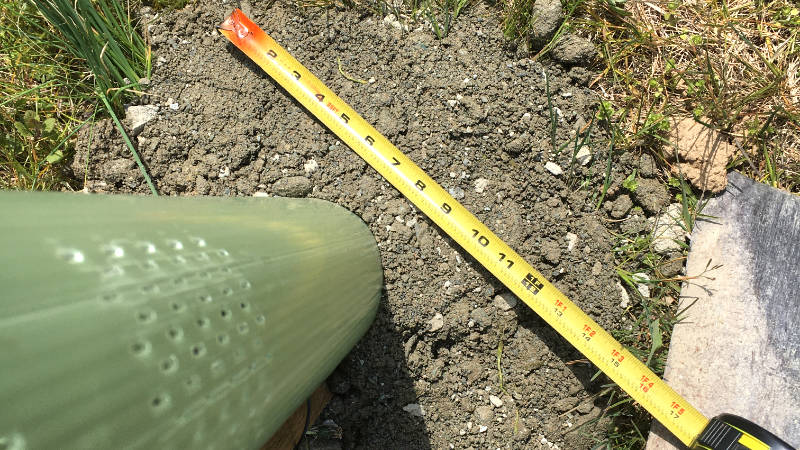“The thing about planting baby trees is that the babies need to be babied,” writes Dick Wanner for Lancaster Farming, who recently interviewed David Wise about Stroud Water Research Center’s watershed restoration research into the use of stone mulch.
During the first five years of growth, young trees need to be protected from chewing — from deer above and rodents below.
The Stroud Center has conducted research trials since 2013 comparing the use of stone mulch and herbicides for rodent control around young trees. The data suggest that stone is a superior mulch material that creates a physical barrier to voles and mice. Tree survival rates are comparable between the two methods.

Stone is long lasting, flood resistant, and generally rodent resistant. While this method costs more up front, it saves on labor and costs over time: stone mulch is applied once and lasts for years, whereas herbicide is applied twice per year for three to four years.
If you are considering planting a tree or forest, check out our stone mulch fact sheet and other resources for guidance.
To support more research and resources like these, donate today.



